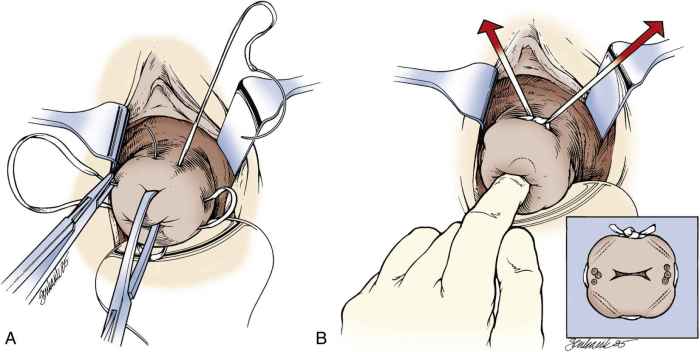FIG. 7.8 Internal female reproductive organs. Posterior view. Diagram shows left side of uterus and upper portion of the vagina and the left uterine tube and ovary in a frontal section. The broad ligament has been removed from the posterior surface of the uterus and adjacent structures. (From Patton KT, Thibodeau GA: The human body in health & disease, ed 6, St Louis, 2014, Mosby.)
Obstetric Surgeries
Procedures
• Cesarean section
• Cervical cerclage
• Vaginal delivery
Basic Anatomy Involved
• Uterus
• Bladder
• Round ligament
• Broad ligament
• Cardinal ligament
• Uterosacral ligament
Additional Facts to Remember
• In most OB/GYN procedures, a Foley or straight catheter will be inserted beforehand to decompress the bladder and help prevent injury.
C-section or Vaginal Delivery
• Remember that failure to progress is the primary indicator for C-section.
• In a C-section, four surgical counts are taken:
• Before skin incision
• Before closure of the uterus
• Before closure of the peritoneum (abdominal cavity)
• Before closure of the skin
• The bladder is freed from the uterus before an incision is made into the uterus.
• The umbilical cord is cut either with Lister bandage scissors or curved Mayo scissors.
• Umbilical cord blood may be collected for cord blood gas determination. Why? Umbilical cord pH and blood gas values provide valuable information regarding an infant’s metabolic condition at birth; base excess determination quantifies the magnitude of perinatal hypoxia/asphyxia and metabolic acidosis, the putative risk factor for central neurological injury
• A De Lee suction catheter is used to suction meconium-stained amniotic fluid. Before or during labor, the fetus sometimes passes meconium (fetal stool) into the amniotic sac. The reason is not clearly understood, but this phenomenon is thought to be related to fetal distress in some babies. The thick meconium mixes with the amniotic fluid and then swallowed and breathed into the airway by the fetus. As the neonate takes the first breaths after delivery, meconium particles may enter the airway and be aspirated deep into the lungs.
• The placenta is placed in a large basin and passed off to the circulating nurse, who will check for evidence of abnormality, such as infection or chronic blood deprivation, and determine whether the placenta is whole or shows any meconium discoloration.
Cervical Cerclage (Shirodkar and McDonald Procedures)
• Shirodkar: In this procedure, a suture is used to close the internal os in a pregnant woman whose cervix has failed to retain previous pregnancies. The sutures are passed through the walls of the cervix so they’re not exposed. In most cases, a cesarean section will eventually be performed.
• McDonald: The internal os is sutured after the lower part has already started to efface (Fig. 7.9). Sutures are usually placed between 16 and 18 weeks of pregnancy and removed around the 37th week.
• These procedures are performed during the second or third trimester because the cervix tends to dilate spontaneously at this time, possibly resulting in spontaneous abortion.
• The procedure may be performed one of two ways:

FIG. 7.9 Placement of sutures for McDonald cerclage. A, Double-headed Mersilene band with four bites in the cervix, avoiding the vessels. B, The suture is placed high up in the cervix, close to the cervicovaginal junction, approximately at the level of the internal os. (From Gabbe SG, et al: Obstetrics: normal and problem pregnancies, ed 7, Philadelphia, 2017, Elsevier.)
• In transabdominal cerclage (TAC), Mersilene tape (suture) is placed at the internal os after a short suprapubic incision is made. C-section is required for delivery.
Mapping
Here you can see how two commonly performed procedures, the cesarean section and cervical cerclage, look when they’re mapped:







